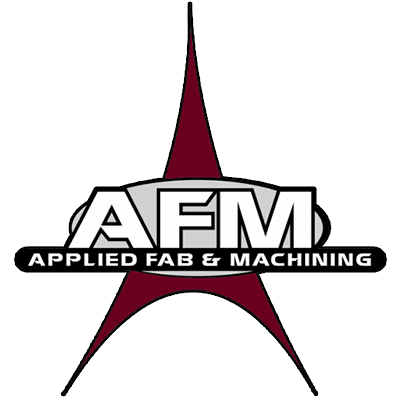When sourcing metal parts, businesses often encounter significant price variations. Understanding the key cost drivers behind metal parts pricing can help manufacturers, buyers, and engineers make informed decisions and optimize costs without sacrificing quality. Whether you’re ordering custom metal components for automotive, aerospace, industrial, or fabrication projects, several factors influence pricing. Below, we break down the most important cost drivers for metal parts.
1. Raw Material Costs
The type of metal used significantly impacts the cost of the final product. Prices fluctuate based on:
- Metal Type: Steel, aluminum, titanium, brass, and copper all have different price points. Exotic metals like titanium and Inconel are far more expensive than standard carbon steel or aluminum.
- Market Demand & Supply: Global supply chain disruptions, trade tariffs, and geopolitical events can lead to price volatility.
- Processing & Purity: Higher purity metals or those with special alloys increase costs due to additional refining processes.
💡 Tip: Monitor raw material market trends and consider alternative alloys to manage costs.
2. Manufacturing Process & Complexity
The method used to shape and produce metal parts plays a huge role in cost.
- CNC Machining vs. Casting vs. Stamping: CNC machining is ideal for precision parts but is often more expensive than stamping or casting for high-volume production.
- Tolerances & Precision: Tighter tolerances (±0.001” vs. ±0.01”) require more machining time and specialized tools, increasing production costs.
- Surface Finish & Post-Processing: If a part requires anodizing, powder coating, heat treating, or polishing, costs will increase based on complexity.
💡 Tip: Optimize designs for manufacturability (DFM) to reduce waste and unnecessary machining.
3. Labor & Machining Time
The more time and skill required to produce a metal part, the higher the cost.
- Skilled Labor Costs: Precision machining requires trained operators and programmers, which affects labor rates.
- Machine Utilization: 5-axis CNC machining is more expensive than simpler 2- or 3-axis machining due to setup complexity.
- Automation & Robotics: Facilities using automated machining reduce labor costs, but initial investments in robotics and AI-driven systems can be costly.
💡 Tip: Work with suppliers that leverage automation to reduce costs on repetitive, high-volume parts.
4. Quantity & Order Volume
Economies of scale play a major role in pricing.
- Low vs. High Volume: Small batch orders (1-100 pieces) have higher per-unit costs due to setup fees, tooling, and material waste. High-volume orders benefit from bulk material discounts and optimized production cycles.
- Tooling & Setup Costs: One-time tooling costs for processes like die-casting or injection molding can be expensive, making high-quantity orders more cost-effective.
💡 Tip: If feasible, order in bulk or batch production runs to reduce per-part costs.
5. Shipping & Logistics
The final price of metal parts isn’t just about manufacturing—it’s also about getting them to your door.
- Weight & Size: Metal parts are heavy, leading to increased shipping costs, especially for international shipments.
- Lead Time & Expedited Orders: Faster turnaround times often require overtime labor or priority freight, adding to costs.
- Customs & Tariffs: Importing metal parts from overseas can incur tariffs, duties, and added paperwork.
💡 Tip: Consider domestic suppliers for just-in-time (JIT) production to reduce inventory and shipping costs.
6. Customization & Special Requirements
Custom metal parts often require specialized processes that increase costs.
- Custom Tooling & Fixtures: Unique designs may require custom molds or jigs, adding upfront costs.
- Tolerances & Certifications: Parts requiring compliance with ISO, AS9100 (aerospace), or medical-grade certifications require extra inspections and quality assurance.
- Prototyping & R&D Costs: One-off prototyping can be expensive compared to production runs.
💡 Tip: Standardizing parts where possible reduces costs while maintaining functionality.
How to Optimize Costs Without Sacrificing Quality
Want to get the best value for your metal parts? Consider these strategies:
✔ Choose the Right Material: Work with suppliers to explore cost-effective alloy alternatives.
✔ Simplify Designs: Reducing complexity in CAD designs can minimize machining time and material waste.
✔ Order in Batches: Higher quantities often lead to lower per-unit pricing.
✔ Partner with Cost-Effective Suppliers: Look for domestic suppliers with automation capabilities to reduce labor costs and lead times.
✔ Negotiate Lead Times: If you can afford longer lead times, you may secure lower pricing.
Final Thoughts
The price of metal parts is influenced by raw materials, manufacturing complexity, labor, order volume, shipping, and customization. By understanding these key cost drivers, businesses can make smarter sourcing decisions and optimize their metal part procurement strategy.
Looking to reduce costs on your next custom metal fabrication order? Let’s talk!


